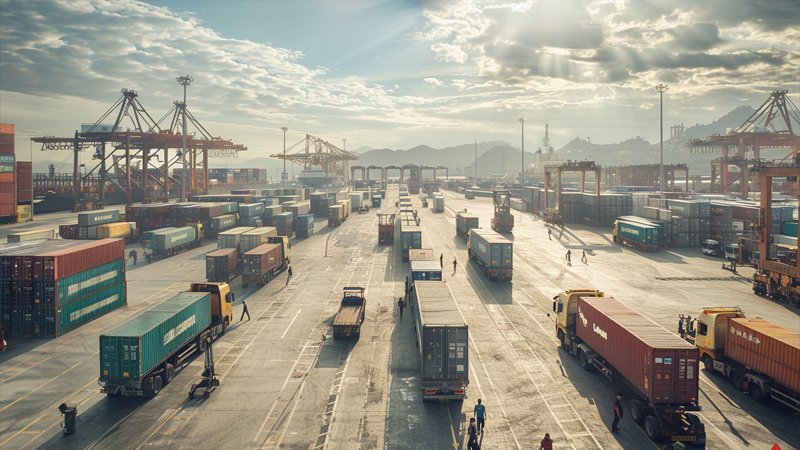
I recently dug into how freight forwarders operate in China and discovered their critical role in keeping global trade moving smoothly.
Freight forwarders in China coordinate shipments, handle customs, and manage logistics to ensure products move efficiently from factories to international markets.
Let’s break down their roles, processes, selection criteria, and strategies to optimize shipping.
What role do freight forwarders play in transporting products from China?
I found that freight forwarders1 are the unsung heroes of global trade, managing every step from factory to destination.
They act as intermediaries, handling documentation, shipping arrangements, and customs clearance to ensure smooth product transportation.
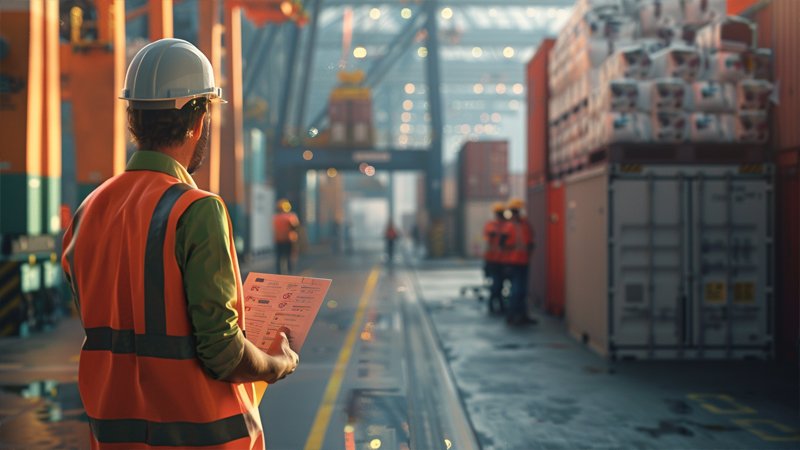
When I first explored freight forwarding, I realized these companies are essential for bridging the gap between manufacturers and international buyers. They take on the heavy lifting of logistics so that businesses can focus on production.
Behind the Scenes
Freight forwarders coordinate the entire shipping process. They pick up goods from suppliers, package and consolidate shipments, and arrange transport via sea, air, or land. They also prepare all the necessary documents for customs, ensuring that paperwork is correct and complete.
Managing Challenges
Unexpected delays, customs inspections, and regulatory changes are common, yet experienced forwarders have contingency plans. Their local expertise means they know the best routes and the latest customs rules.
Added Value
Beyond moving goods, many forwarders offer value-added services like warehousing, insurance, and even quality checks. This comprehensive approach minimizes risks and reduces the hassle for businesses.
| Aspect | Role |
|---|---|
| Documentation | Prepares and verifies shipping paperwork |
| Logistics Coordination | Schedules transport and manages routes |
| Customs Clearance | Ensures compliance with local and international laws |
| Additional Services | Offers warehousing, insurance, and tracking |
This holistic support is why I see freight forwarders as key partners in international trade.
What is the detailed process of freight forwarding?
I discovered that freight forwarding involves several well-orchestrated steps, from order processing2 to final delivery.
It includes order processing, packaging, documentation, shipment tracking, customs clearance, and final delivery to the recipient.
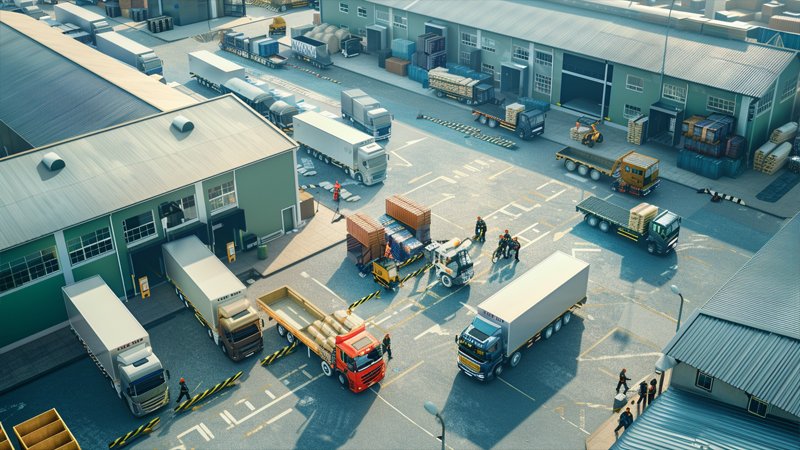
When I looked closer, the freight forwarding process unfolded in a series of coordinated stages. First comes order processing, where the forwarder gathers all details about your shipment. This is followed by packaging and consolidation; multiple small shipments might be combined into one container to cut costs.
Step-by-Step Breakdown
- Pickup and Inspection: Goods are collected from the supplier and inspected for quality.
- Documentation: Essential paperwork like the bill of lading, invoice, and export licenses is prepared.
- Transportation: The shipment is then moved via the most suitable mode—sea, air, or rail.
- Customs Clearance: At both the origin and destination, customs procedures are meticulously handled.
- Final Delivery: Once cleared, goods are delivered to the end destination.
Technology in Action
Advanced tracking systems allow me to monitor shipments in real time, providing peace of mind. The use of integrated software platforms ensures every step is recorded, and potential issues are flagged early.
| Process Stage | Key Activity |
|---|---|
| Order Processing | Collecting shipment details |
| Packaging | Consolidating goods to maximize efficiency |
| Documentation | Preparing bills, invoices, and permits |
| Transportation | Selecting the optimal shipping method |
| Customs Clearance | Handling regulatory requirements |
| Delivery | Final handoff to the recipient |
Each step is crucial to ensuring that shipments reach their destination safely and on time.
What criteria should you use when selecting a suitable freight forwarding company?
I learned that choosing a reliable freight forwarder means checking for proven reliability, clear pricing, advanced technology3, and solid customer support.
Focus on track record, transparent pricing, advanced technology, and strong customer support when choosing a freight forwarder.
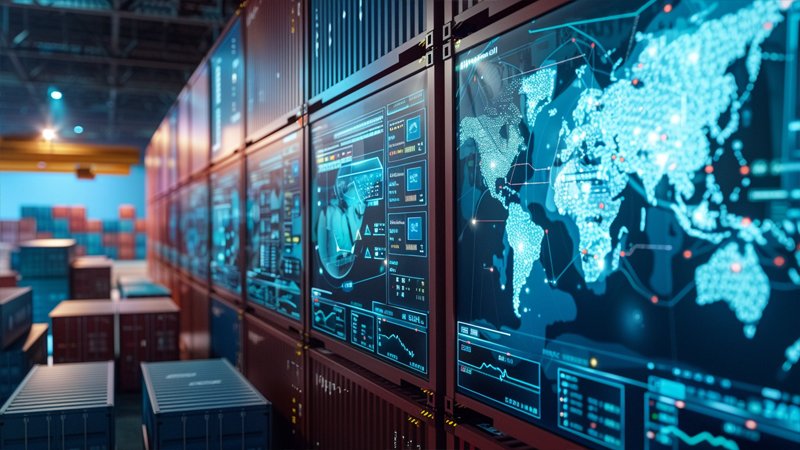
My experience taught me that not all freight forwarders are created equal. I began by evaluating their history and track record4. A company with years of experience often has refined processes and robust contingency plans. Transparent pricing is another must—hidden fees can wreck a budget, so I always ask for a detailed quote upfront.
What to Look For
- Reliability: I check for on-time delivery records and customer testimonials.
- Pricing: Detailed, clear quotes that outline all charges are key.
- Technology: Real-time tracking and digital management platforms enhance visibility.
- Customer Support: Responsive and proactive service is critical, especially when problems arise.
Making the Choice
I often compare several providers using a simple checklist. Asking for references and reading online reviews has helped me weed out less reliable options. Trust is built over time, and a forwarder’s willingness to communicate clearly is a big plus.
| Selection Factor | What to Evaluate |
|---|---|
| Reliability | On-time performance and customer feedback |
| Pricing Transparency | Detailed, upfront cost breakdown |
| Technology | Availability of tracking and management tools |
| Customer Support | Responsiveness and problem resolution |
Using these criteria, I was able to narrow down my choices and select a forwarder that meets both my quality and budget requirements.
How do freight forwarders optimize shipping time and costs?
I discovered that optimizing shipping involves smart planning, route selection, and leveraging technology to reduce delays and expenses.
They use efficient routing, consolidation, and advanced tracking systems to reduce transit times and shipping expenses.
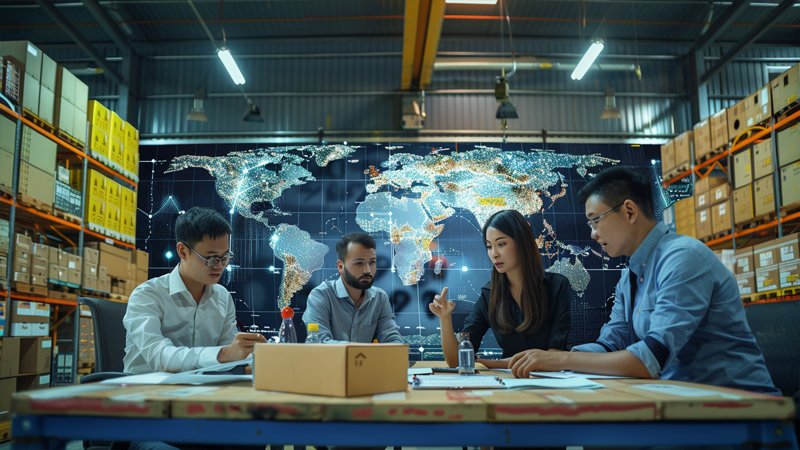
In my research, I learned that freight forwarders work hard to balance speed and cost. One key tactic is route optimization5: by choosing the best ports and shipping lanes, they reduce transit times and minimize fuel surcharges. Consolidating shipments is another strategy; combining smaller loads into a full container can lower costs significantly.
Strategic Techniques
- Efficient Routing: Forwarders use data to select the fastest and most cost-effective routes.
- Consolidation: Grouping shipments lowers the per-unit cost and minimizes handling.
- Advanced Technology: Real-time tracking and predictive analytics help avoid delays.
- Flexible Scheduling: Adjusting shipping times to off-peak periods can also cut expenses.
I remember a time when a forwarder’s smart rerouting saved an entire shipment from a costly delay. Their proactive approach not only reduced expenses but also improved reliability. By constantly analyzing performance data and market conditions, they adjust strategies to offer the best possible service.
| Optimization Strategy | Benefit |
|---|---|
| Route Optimization | Shorter transit times and lower fuel costs |
| Shipment Consolidation | Reduced handling fees and per-unit costs |
| Technology Integration | Enhanced tracking and proactive management |
| Flexible Scheduling | Lower costs during off-peak periods |
These techniques ensure that shipments are not only fast but also economical, which is a win-win for any business.
Conclusion
Freight forwarders in China expertly streamline logistics, combining reliability, technology, and strategic planning to optimize shipping.
-
Understanding the roles of freight forwarders can enhance your knowledge of global trade logistics and their importance. ↩
-
Order processing is the foundation of successful freight forwarding. Learn about its significance and best practices by checking this link. ↩
-
Learning about the latest technology in freight forwarding can help you choose a provider that offers real-time tracking and efficient management solutions. ↩
-
Understanding a freight forwarder's track record can help you gauge their reliability and performance over time, ensuring you make an informed choice. ↩
-
Explore this link to understand how route optimization can significantly enhance shipping efficiency and reduce costs. ↩




